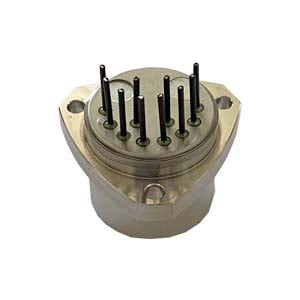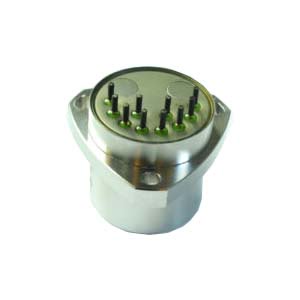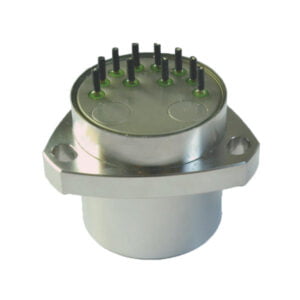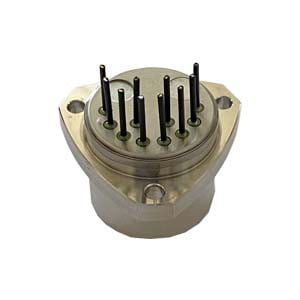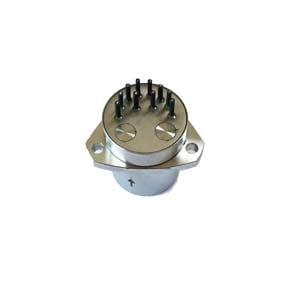Range – If you want to choose an accelerometer which can fit your project, you have to consider a sensing range. All of our accelerometers have a good assortment which with ranges from ±1g to ±250g.if your project will only subject to accelerations between +2g and -2g, an accelerometer which has ±250g-range will not give you too much.
Interface – Accelerometers has different interface like analog, pulse-width modulated (PWM) and digital.
It will produce a voltage which is proportional to the sensed acceleration when the accelerometer with an analog output. When the accelerometers with PWM interface, it will produce a square wave with a fixed frequency. Usually the accelerometers which with digital interface feature a serial interface, it should be SPI or I2C.
Maybe this is the most difficult thing to get integrated with your microcontroller based on your experience. That also said digital accelerometers are popular on the market because it has more features and has less susceptible to noise than others.
Number of axes measured – How many axes can the accelerometers sense? This is very simple, out of three axes possible (X, Y, and Z). Nowadays three axis accelerometers are very common on the market, it will help you to integrate your system easier.
More Technical Questions
1.Quartz Accelerometer VS MEMS Accelerometer
2.Why do we Need Accelerometer?
3.What is the Purpose of the Accelerometer Senor?
4.What can you do with an Accelerometer?
5.What Effect Does Temperature Have on Quartz Flexible Accelerometer?
Products in Article
